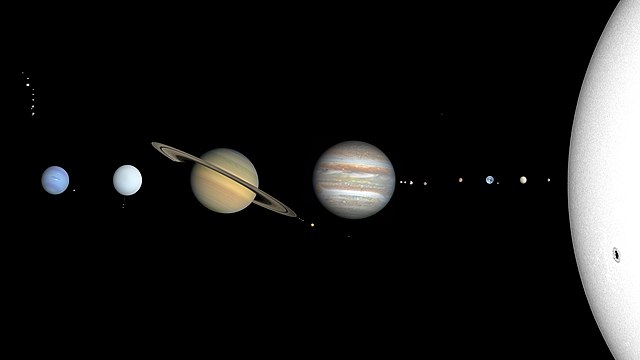The findings indicate that the planet is between one and three million years old and is around the size of Neptune or Saturn.
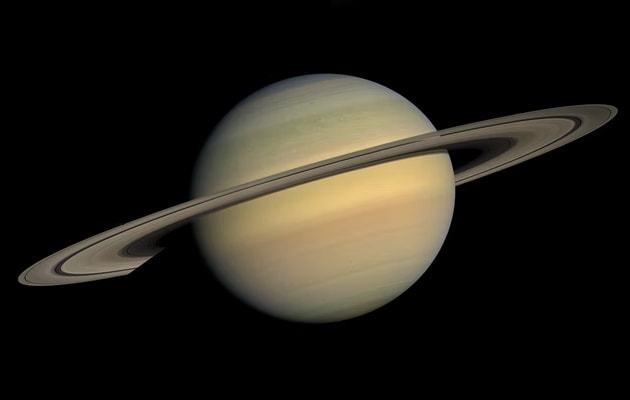
A new study by the astronomers at the Center for Astrophysics has evidence that there is a new planet in the neighbourhood. Planets are created in protoplanetary discs, which are the bands of gas and dust that encircle newly formed, young stars. Although the universe has hundreds of these discs, it has been challenging to observe genuine planetary birth and development in these settings.
The astronomers have created a novel method to find these elusive newborn planets, along with “smoking gun” proof of a small Neptune or Saturn-like planet hiding in a disc. The Astrophysical Journal Letters today published a description of the findings, reported ANI.
According to Feng Long, a postdoctoral scholar at the Center for Astrophysics and project leader, “directly finding young planets is highly tough and has thus far only been effective in one or two situations.” Because they are encased in substantial amounts of gas and dust, planets are always too dim for us to see them.
Instead, they must look for signs that a planet is forming beneath the dust.
Long notes that in recent years, “many structures have appeared on discs that we think are caused by the existence of a planet, but it could be caused by something else, too.” “We need new methods to examine and provide evidence that a planet exists.”
Long chose to revisit the LkCa 15 protoplanetary disc for her research. The disc is situated in the Taurus constellation, 518 light years away. Previous research employing ALMA Observatory images showed proof of planet formation in the disc.
Long dug over fresh, high-resolution ALMA data on LkCa 15, mostly from 2019, and found two faint characteristics that weren’t there before.
Long found a dusty ring with two distinct, brilliant clusters of material circling within it at a distance of around 42 astronomical units from the star, or 42 times the distance between Earth and the Sun. The material was divided by 120 degrees and appeared as a small clump and a bigger arc.
Long used computer simulations to analyse the situation and determine what was accumulating the material. He discovered that the objects’ sizes and placements were consistent with the presence of a planet.
She explains, “This arc and clump are separated by around 120 degrees.” That degree of disparity is significant mathematically; it doesn’t just happen.
The findings indicate that the planet is between one and three million years old and is around the size of Neptune or Saturn.
Recent Posts
- Astronomers detect first direct image of black hole expelling a powerful jet
- WhatsApp rolling out ‘reply with message’ feature within call notifications
- Multi-Device Pairing May Be Arriving for Apple Watch this Year
- Artificial Intelligence Discovers Hidden Giant, a Planet 5 Times Larger Than Jupiter
- Google CEO Sundar Pichai Talks Bard & The Future Of Search
Recent Comments
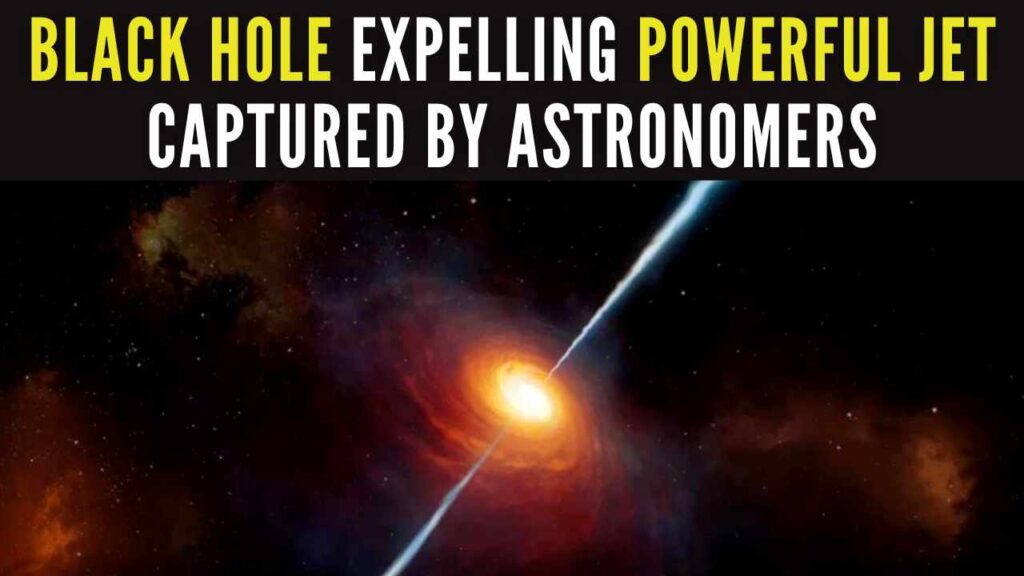
Astronomers detect first direct image of black hole expelling a powerful jet
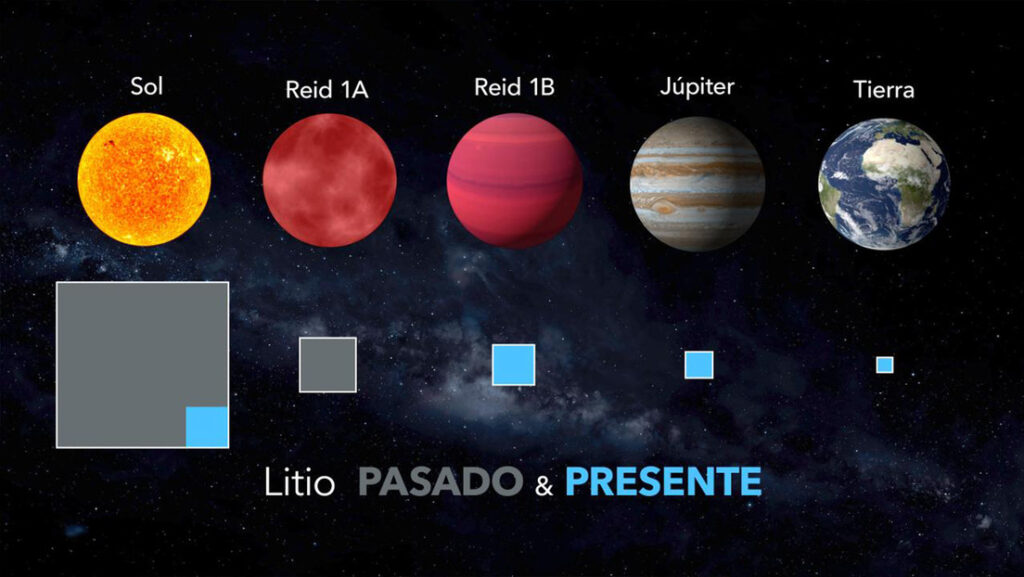
Artificial Intelligence Discovers Hidden Giant, a Planet 5 Times Larger Than Jupiter

Scientists explain melting of Antarctic ice sheet dating back 9,000 years
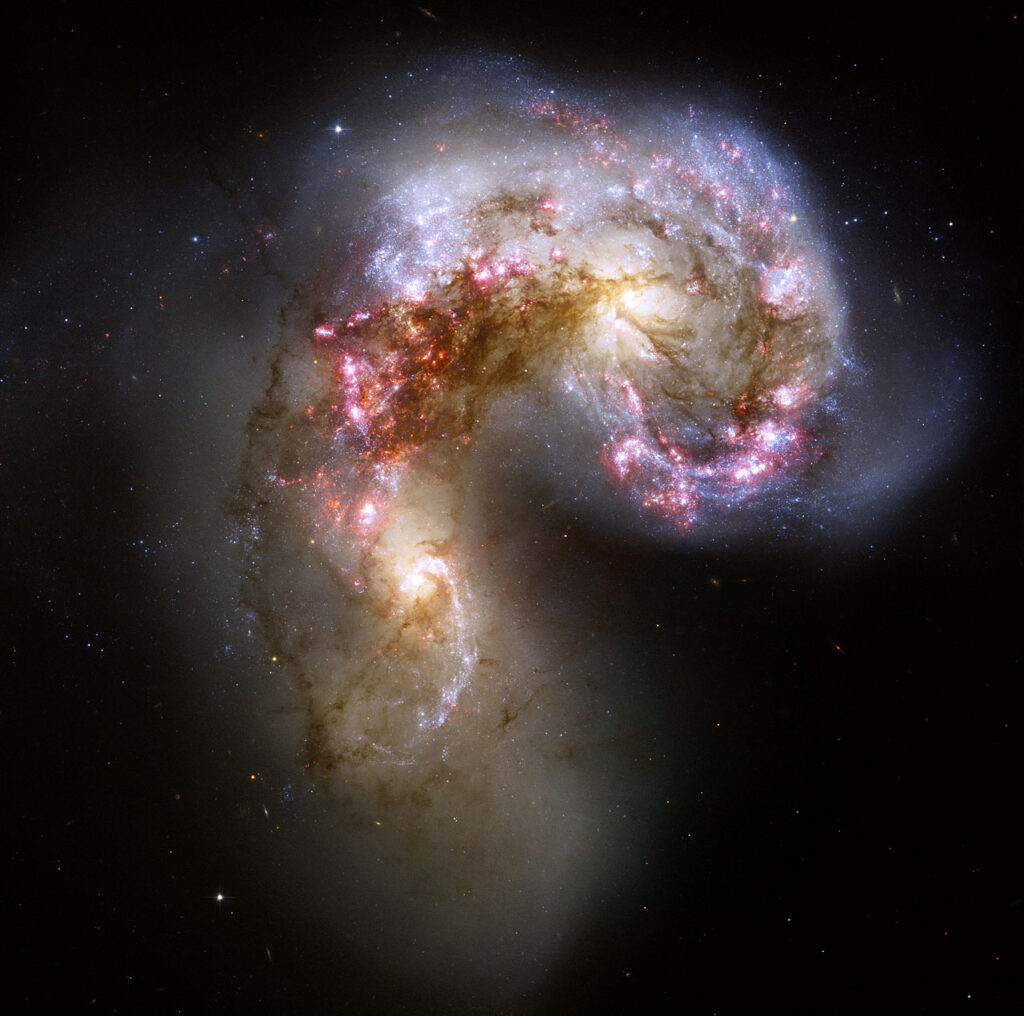
An Unexpected Discovery: Hubble, ESA's Gaia Spot Double Quasar That Existed Over 10 Billion Years Ago

Astronomers detect first direct image of black hole expelling a powerful jet

WhatsApp rolling out ‘reply with message’ feature within call notifications

Multi-Device Pairing May Be Arriving for Apple Watch this Year


